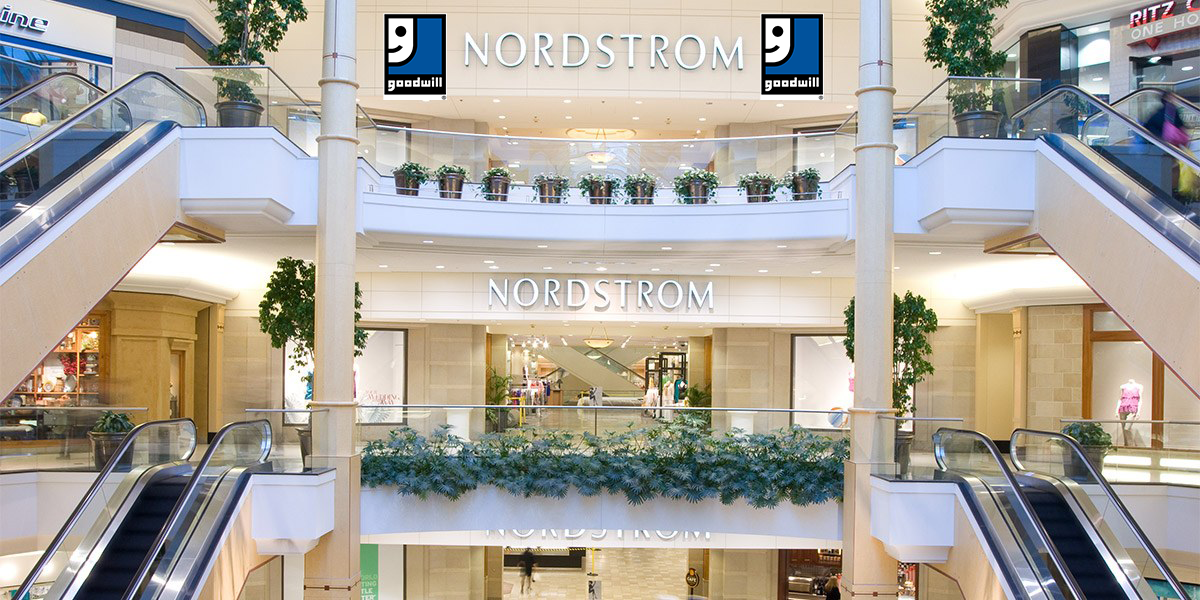
Like my viewing habits and listening habits, my shopping habits have changed a lot in the last few years, largely driven by technology. I cut the cable cord and watch almost all TV via streaming services; I stopped buying mp3s and managing a music library in favor of streaming tunes; and I largely dropped my habit of checking in on store websites for new stock, to see what my favorite spots were stocking week to week. Chalk some of that up to Instagram — now new additions are seamlessly integrated into the eternal scroll.
But a lot has to do with the fact that I don’t buy new clothing nearly as much as I did a couple years ago. I still shop a lot, but more on ebay and Grailed, depop and Poshmark, Styleforum, the Real Real and Vestiaire Collective. To an extent, that’s a full circle, as I bought a lot of clothes on ebay in the mid 2000s, when e-commerce wasn’t all that great yet. The secondhand market is far beyond just ebay, now, though — more marketplaces and more compelling shopping. Better photos, easier to browse, easier to whittle down hundreds of thousands of listings to just the ones I probably want. Expectations from buyers have gotten higher, and the tech has removed a lot of the friction from the shopping experience.
The move of consumers to these models has attracted the attention of traditional retailers. The latest is Nordstrom, which launches its “See You Tomorrow” collection… tomorrow. Nordy’s plans to sell items online and in its NY store at 57th and Broadway, and will also be buying items for resale (and paying you in Nordstrom gift cards). They expect to accept items by mail in the future. It’s not clear what proportion will be mens, but at least there’re men in their marketing photos.
A Washington Post story this week framed Nordstrom’s entry into the resale market with others’:
Elsewhere in the industry, Macy’s and J.C. Penney have partnered with ThredUp to sell secondhand items in department stores across the country, while Madewell is offering used pairs of its jeans for $50 a pop. Neiman Marcus, which last year took a stake in the high-end resale site Fashionphile, collects “preloved” handbags and jewelry at its stores. Even the Kardashians have gotten into the game; they offload their Max Mara jumpsuits, Valentino handbags and other designer apparel on Kardashian Kloset.
Another selling angle is sustainability, although that’s one I find a bit suspect. Sure, buying your clothes at a thrift store may shrink your carbon footprint a bit, but buying secondhand luxury goods from a retailer that’s still a driver of the market? You’re still participating heavily in a market of questionable sustainability. Whatever gets you thru the night.
I’m generally glad to have more options available for resale of decent goods — as any thrifter will tell you, the average Goodwill isn’t the gold mine it was 20 or even 10 years ago. Of course, I’m not looking for the same things in this new secondhand market: it’s mostly luxury or luxury-adjacent items with an established market value rather than inadvertently discarded vintage Levis. I like this new secondhand market especially as a way to try out brands I might buy new, but wouldn’t mind trying a piece at half price or less to see if it vibes with the rest of my wardrobe. If I can see the item and buy it relatively risk free (the Real Real accepts returns, generally; most ebay sellers do not), it’s worth a shot.
It’ll be interesting to see how this market evolves over the next couple of years, and whether it can sustain services like Nordstrom plans to offer.







